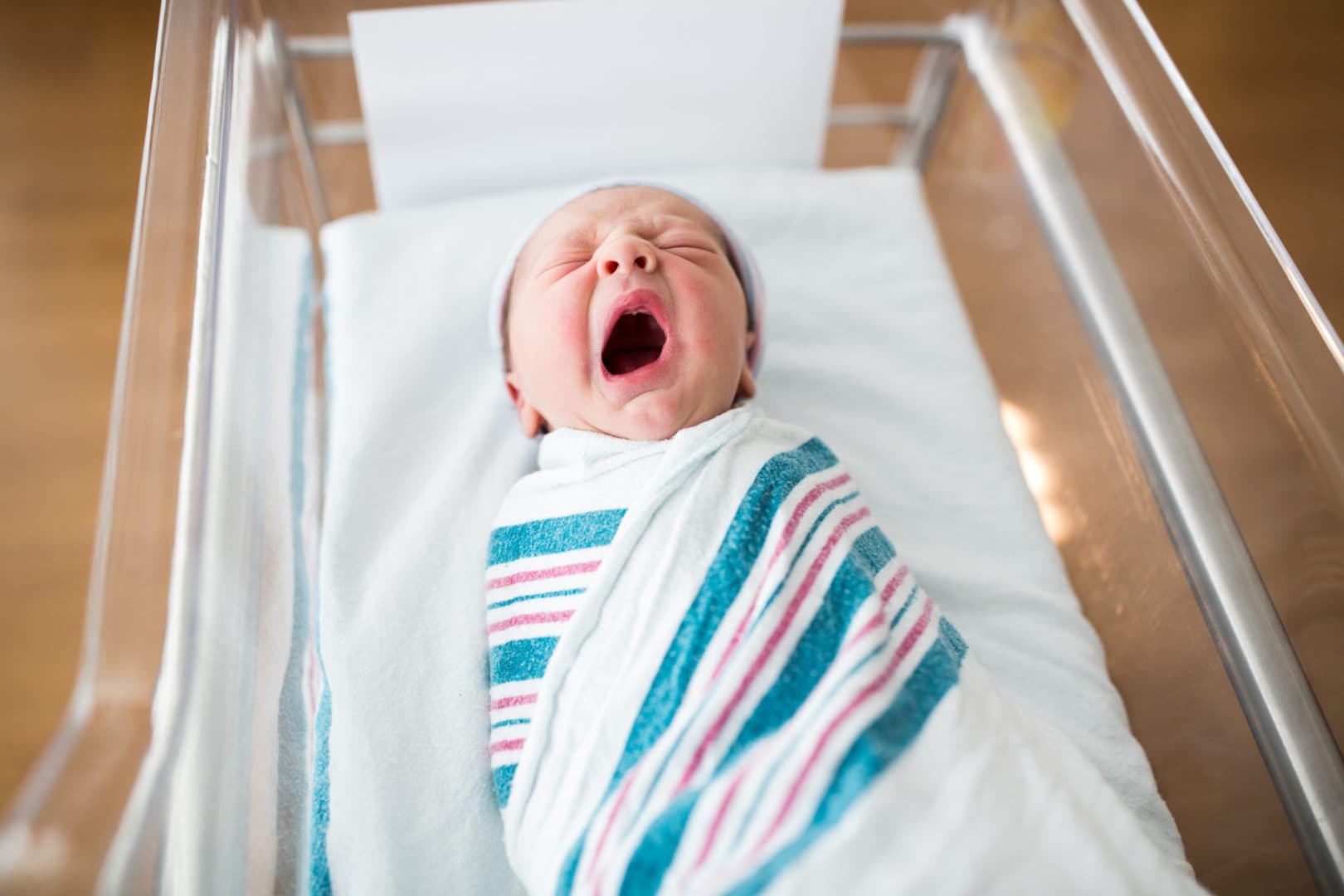In this article
As a new parent, you’ll probably get plenty of receiving blankets for your newborn. But what is a receiving blanket? It’s a thin blanket, usually sold in a pack of two or four, that can be used for a variety of tasks related to early infancy, including swaddling and burping. Receiving blankets are typically smaller than standard swaddling blankets, however, and are generally suitable for a wider variety of applications.
Besides being workhorses in the nursery, receiving blankets are one of those items that you’re likely to hang on to years after your children have outgrown them. Whether stashed away in a keepsake box or repurposed for something just as functional, receiving blankets will always serve as sweet reminders of an all-too-brief window with your little ones. Here’s what you need to know about choosing receiving blankets that will stand the test of time.
Key takeaways
- Receiving blankets are lightweight, versatile cloths commonly used in newborn care for swaddling, burping, nursing covers and more, often introduced in the hospital and cherished well beyond infancy.
- While smaller and more multi-purpose than swaddle blankets, they remain useful for toddlers and even as keepsakes.
- To ensure safety, parents should avoid heavy materials, keep blankets out of cribs and stop swaddling once babies begin to roll over.
What are receiving blankets used for?
Most parents are introduced to receiving blankets in the delivery room, when their newborns are wrapped in the iconic pink-and-blue cotton blankets in the first moments of their lives.
“In the hospital setting, we use receiving blankets to warm and dry newborns immediately after delivery,” says Dr. Emily Scott, a pediatrician with Riley Children’s Health in Indianapolis. “Some hospitals still swaddle babies in receiving blankets while they are in the hospital.”
While they’re standard issue in the maternity ward, receiving blankets are also a staple item in any home nursery. Kelly Glass, a mom in Champaign, Illinois, considered them an MVP in her son’s first months.
“I used receiving blankets for everything,” she says. “My son loved being swaddled, and receiving blankets were the perfect size to get the right swaddle. When I was out and about, I carried one or two to use as a clean place to change his diaper, as a nursing cover if I felt like covering that day, as a burp cloth or to block the wind on a stroller ride.”
Can I use receiving blankets on older babies?
Yep. Receiving blankets are useful beyond the infant phase, too.
“Now that baby is a 3-year-old, we have a few laying around that I still use for nap time and on road trips to cover him in his car seat,” Glass says. “Of course, I keep his first one folded up in my closet as a keepsake.”
Danielle Antosz, a Chicago-based mom who was gifted her collection of receiving blankets, still uses them frequently for her toddler.
“They’re light, easy to wash and very absorbent for the random spit-up, spill, etc.,” she says. “My 2-year-old still sleeps with one every night.”
They’re also a carry-on must-have for Antosz when traveling as a family.
“I always make sure to take them on airplanes because they’re so easy to stuff in the bag but are surprisingly warm,” she says.
How do I use a receiving blanket safely?
You may not think you need instructions for using a blanket, but there are some safety guidelines to keep in mind to avoid putting your baby at risk. Dr. Stephanie Graziani, a pediatrician with Dignity Health Medical Group in Capitola, California, recommends the following:
- Do not leave receiving blankets loose in a crib.
- Never cover the baby with a blanket in the first year of life.
- Never wrap blankets around the baby’s head or neck.
- Stop swaddling when the baby starts rolling over.
Scott also cautions against using overly heavy receiving blankets.
“If parents are going to buy receiving blankets for home use, they should make sure they are lightweight and made from a simple cotton material,” she says. “Babies should never be swaddled in heavy, thick blankets. Overheating increases a baby’s risk of sudden unexpected infant death.”
How can I choose the right receiving blankets for my child?
If you don’t get quite enough receiving blankets at your baby shower, you may want to stock up before baby arrives — or replenish your supply after the inevitable wear and tear occurs. Luckily, there are receiving blankets to suit every parent’s style and baby’s nursery theme.
“Receiving blankets can be found in a wonderful range of different colors and patterns,” Graziani says. “At the end of the day, it comes down to personal preference. Beyond colors and patterns, I tell parents to look at material, texture and desired size.”
What’s the difference between a receiving blanket and a swaddling blanket?
While many people use the phrases interchangeably, there are some subtle but significant differences between receiving blankets and swaddle blankets.
Graziani notes that receiving blankets are generally smaller in size than swaddle blankets.
“Swaddle blankets are typically made of muslin and are larger,” she says. “There are also other swaddle blankets that have Velcro to make swaddling easier.”
If swaddling is your main purpose, a swaddle blanket may be more convenient, whereas receiving blankets tend to be more versatile.
For more information on choosing the right blanket for your baby, check out “How to Pick the Right Baby Blanket Size.”





